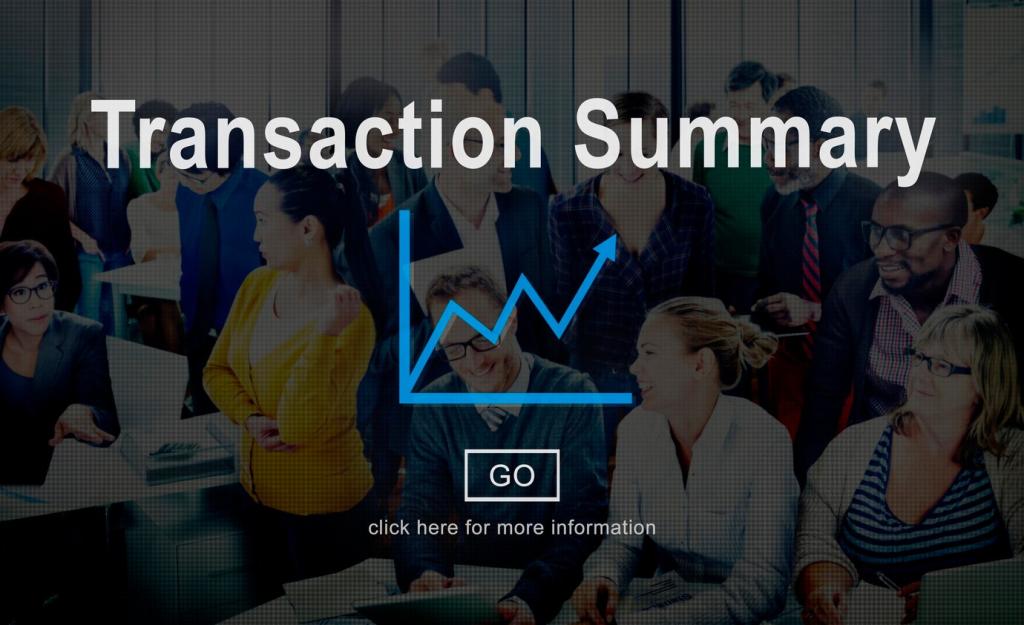
Compliance and Regulatory Changes in Malaysian Payroll: Your Practical Guide
Selected theme: Compliance and Regulatory Changes in Malaysian Payroll. Navigate evolving rules with confidence through stories, checklists, and practical insights designed for HR teams, finance leaders, and founders operating in Malaysia.
What’s New and Why It Matters Right Now
Malaysian payroll spans several authorities—KWSP for EPF, PERKESO for SOCSO and EIS, LHDN for PCB—each with its own portal, file formats, and deadlines. Staying alert to circulars and guideline updates ensures you prevent costly errors before they ripple through payslips and statutory submissions.
What’s New and Why It Matters Right Now
A Penang startup scaled headcount quickly but missed a regulatory tweak that changed a filing step. One month later, the team reconciled mismatches, called the hotlines, and learned to maintain a single source of truth for statutory settings. Their new routine now includes monthly checks and a shared compliance calendar.


Statutory Deductions: EPF, SOCSO, EIS, and PCB in Practice
EPF contributions and timing
Confirm contribution rates in your system, validate employee elections, and export files that match the current EPF specifications. Submissions and payments are typically due the following month, so align payroll cut-offs, approval workflows, and bank release dates to ensure funds land before the standard mid-month deadline.
SOCSO and EIS nuances
SOCSO and EIS coverage varies by employee category, so verify each hire’s eligibility during onboarding and reflect the correct wage classes. Keep an eye on portal messages and circulars, because limits, categories, and processes can shift, requiring prompt updates to payroll formulas and reports.
Monthly tax deduction (PCB) essentials
PCB depends on pay, benefits, and relief information, so data integrity matters. If LHDN issues specific deduction instructions, apply them accurately and document the change. Reconcile monthly totals to your ledger and encourage employees to review EA details early; invite questions in the comments so we can clarify common edge cases.

Forms, reconciliations, and submissions
Reconcile statutory totals against bank proofs and portal receipts, verify employee records, and prepare year-end forms with meticulous cross-checks. Build a timeline counting backward from submission deadlines, and invite your team to subscribe to our reminders so nothing slips through the cracks.
Audit trail and variance analysis
Archive rate tables, policy memos, and approval logs to explain every calculation. A simple variance report—by employee and component—quickly surfaces anomalies. When questions arise, a solid audit trail answers them in minutes, not days, strengthening confidence with leadership and auditors alike.

Create a register listing each allowance, its intended purpose, and its tax treatment based on current guidance. Review descriptions regularly to avoid mislabeling items, and test sample payslips to ensure PCB and statutory deductions reflect the correct configuration every cycle.

Benefits-in-kind require consistent valuation methods and careful documentation. Set procedures for collecting usage data, approvals, and any cost-sharing, then verify that payroll reports and employee communications reflect the chosen approach clearly to prevent disputes and compliance surprises later.

Keep policies, calculations, and signed acknowledgments in one repository with clear version histories. When reviewers ask how a figure was derived, you can point to the exact rule, date, and evidence. Share your documentation tips in the comments so others can strengthen their compliance files too.
Remote Work, Expatriates, and Cross-Border Complexities
Track days in Malaysia and employment arrangements to support the correct PCB approach. Make sure declarations are current and that payroll settings reflect actual circumstances. Encourage employees to update details promptly, and subscribe for our residency primers that translate policy into practical payroll steps.
Remote Work, Expatriates, and Cross-Border Complexities
Confirm the applicable social security schemes for each worker category and verify onboarding documents before the first run. When rules evolve, update your eligibility matrix and communicate changes early, especially for project sites or transfers, to avoid mid-cycle corrections and delayed remittances.


Controls, Automation, and Readiness for the Next Change
Treat contribution rates, tax tables, and eligibility rules like software assets. Use change logs, approvals, and rollback plans so updates are traceable and safe. This discipline pays off when regulators publish new guidance right before payroll cut-off.
